How to Leverage High Cis Polybutadiene for Enhanced Product Performance
High Cis Polybutadiene (HCPB) has emerged as a pivotal material in various industrial applications due to its unique properties, such as excellent elasticity, resilience, and abrasion resistance. According to a recent report by Grand View Research, the global polybutadiene market is projected to reach USD 9.3 billion by 2025, with HCPB accounting for a significant share due to its superior performance characteristics compared to conventional rubber materials.
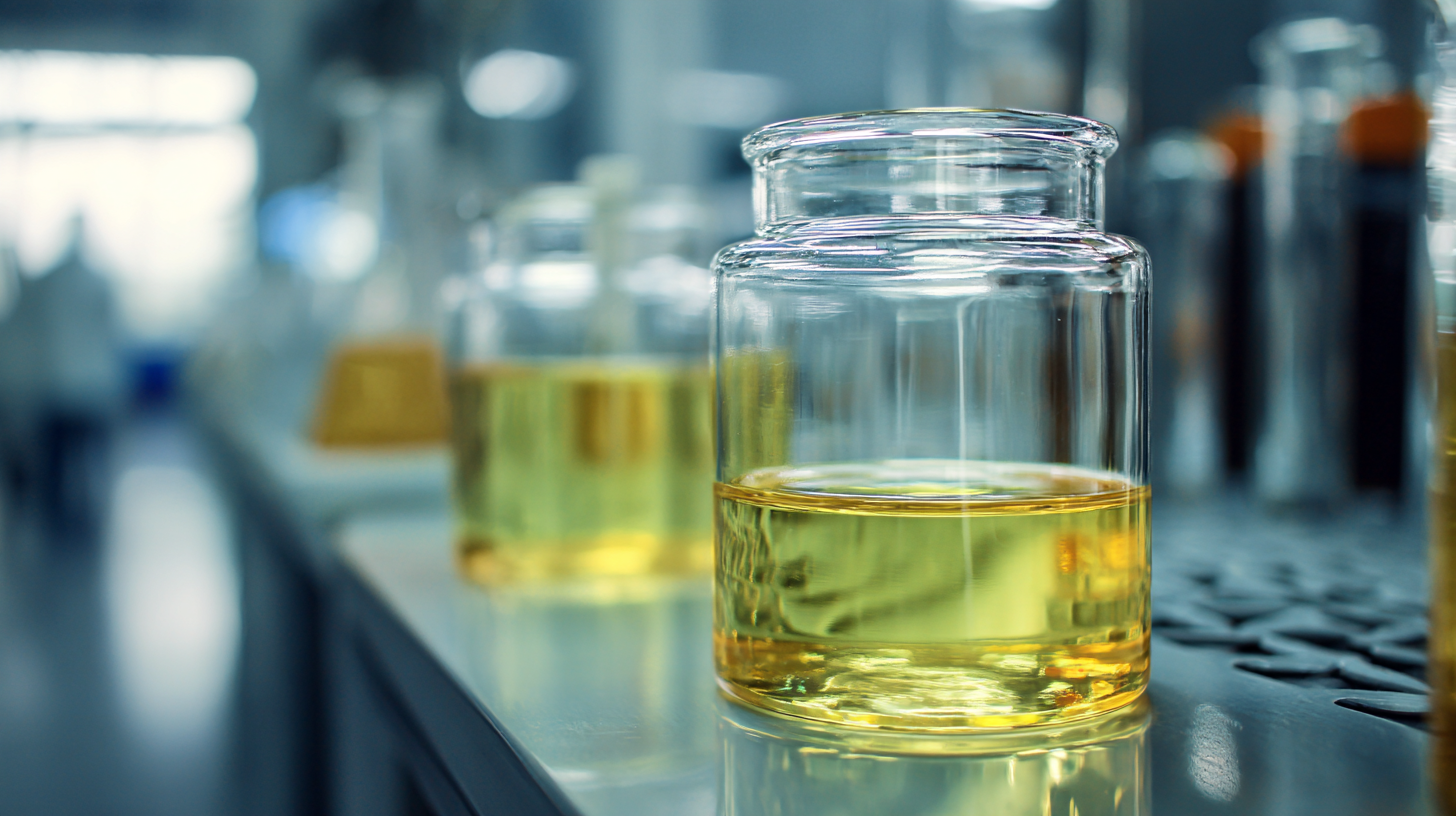
The integration of High Cis Polybutadiene in tire manufacturing and other rubber products enhances durability and safety, as highlighted by the Tire and Rubber Association, which states that using HCPB can lead to a 10-15% improvement in tire lifespan. As industries strive for innovation and higher performance standards, understanding how to effectively leverage High Cis Polybutadiene is crucial for optimizing product performance and driving competitive advantage.
Understanding High Cis Polybutadiene and Its Properties
High cis polybutadiene has emerged as a pivotal material in enhancing product performance due to its remarkable mechanical and viscoelastic properties. The unique microstructure of high cis polybutadiene, characterized by a high proportion of cis-1,4 configurations, significantly contributes to its exceptional resilience and strength, making it an ideal choice for applications in elastomers and tires. Recent studies indicate that the incorporation of innovative cross-linking methods, such as the thiol-ene reaction, further improves its physical properties, resulting in materials that exhibit low die swell while maintaining high modulus.
To leverage high cis polybutadiene effectively, manufacturers should consider incorporating alternative reinforcing fillers, such as waste lignin. Research shows that when waste lignin is introduced into high cis polybutadiene formulations, it enhances the mechanical performance similarly to traditional fillers like silica and carbon black, providing a sustainable option that aligns with environmental goals.
Tips: Always analyze the specific mechanical properties required for your product and assess how high cis polybutadiene can meet those demands. Consider exploring molecular design strategies to optimize compatibility and thermal stability in your formulations. Staying updated with advancements in polybutadiene applications can lead to improved product innovation in your manufacturing processes.
Performance Comparison of High Cis Polybutadiene in Various Applications
This chart illustrates the performance metrics of High Cis Polybutadiene across various applications, highlighting its tensile strength, elongation, hardness, resilience, and temperature resistance. The data demonstrates the material's advantageous properties, making it suitable for enhanced product performance in rubber and polymer applications.
Applications of High Cis Polybutadiene in Various Industries
High Cis Polybutadiene (HCPB) has emerged as a critical material in various industries due to its unique properties, including high elasticity, low resilience, and excellent wear resistance. In the automotive sector, HCPB is utilized in producing tires that require superior grip and durability. The material’s ability to withstand harsh conditions while maintaining performance makes it a preferred choice for tire manufacturers aiming to enhance safety and efficiency in vehicle operation.
In the rubber and plastics industry, HCPB serves as an essential polymer for various applications, including adhesives, sealants, and coatings. Its high cis structure contributes to improved flexibility and strength, allowing products to endure mechanical stress without losing integrity. Additionally, in the electronics sector, HCPB is used as an insulating material, providing excellent dielectric properties that are crucial for high-performance electronic devices. This versatility highlights the transformative impact of High Cis Polybutadiene across different fields, elevating product performance and extending the lifecycle of the materials used.
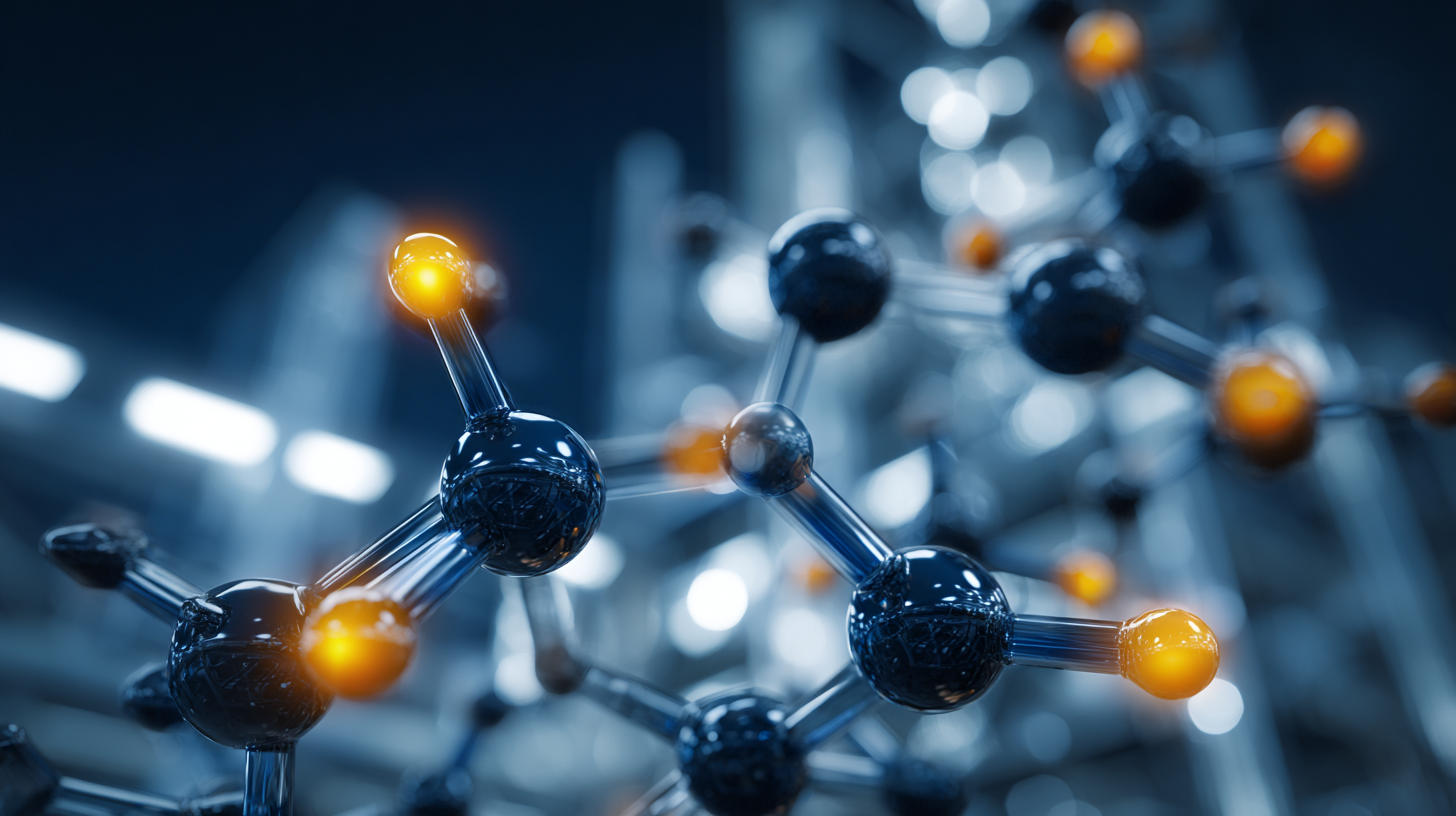
Comparative Analysis: High Cis Polybutadiene vs. Other Rubber Types
High cis polybutadiene (BR) stands out in the rubber landscape due to its unique molecular structure, which offers superior resilience and flexibility compared to traditional rubber types like natural rubber (NR) and styrene-butadiene rubber (SBR). With a high content of cis-1,4-polybutadiene, this synthetic rubber exhibits enhanced elongation properties and lower hysteresis losses, making it particularly advantageous for applications requiring high elasticity and energy efficiency. This characteristic directly contributes to improved performance in tires and other high-stress applications, where durability and wear resistance are essential.
In contrast, natural rubber, while renowned for its excellent tensile strength and tear resistance, may not offer the same level of elasticity when subjected to extreme conditions. SBR, typically used in a variety of applications due to its cost-effectiveness, lacks some of the resilience characteristics found in high cis polybutadiene. The comparative analysis highlights that while traditional rubbers have their distinct advantages, the superior performance attributes of high cis polybutadiene make it a preferred choice for manufacturers seeking enhanced product performance in demanding environments.
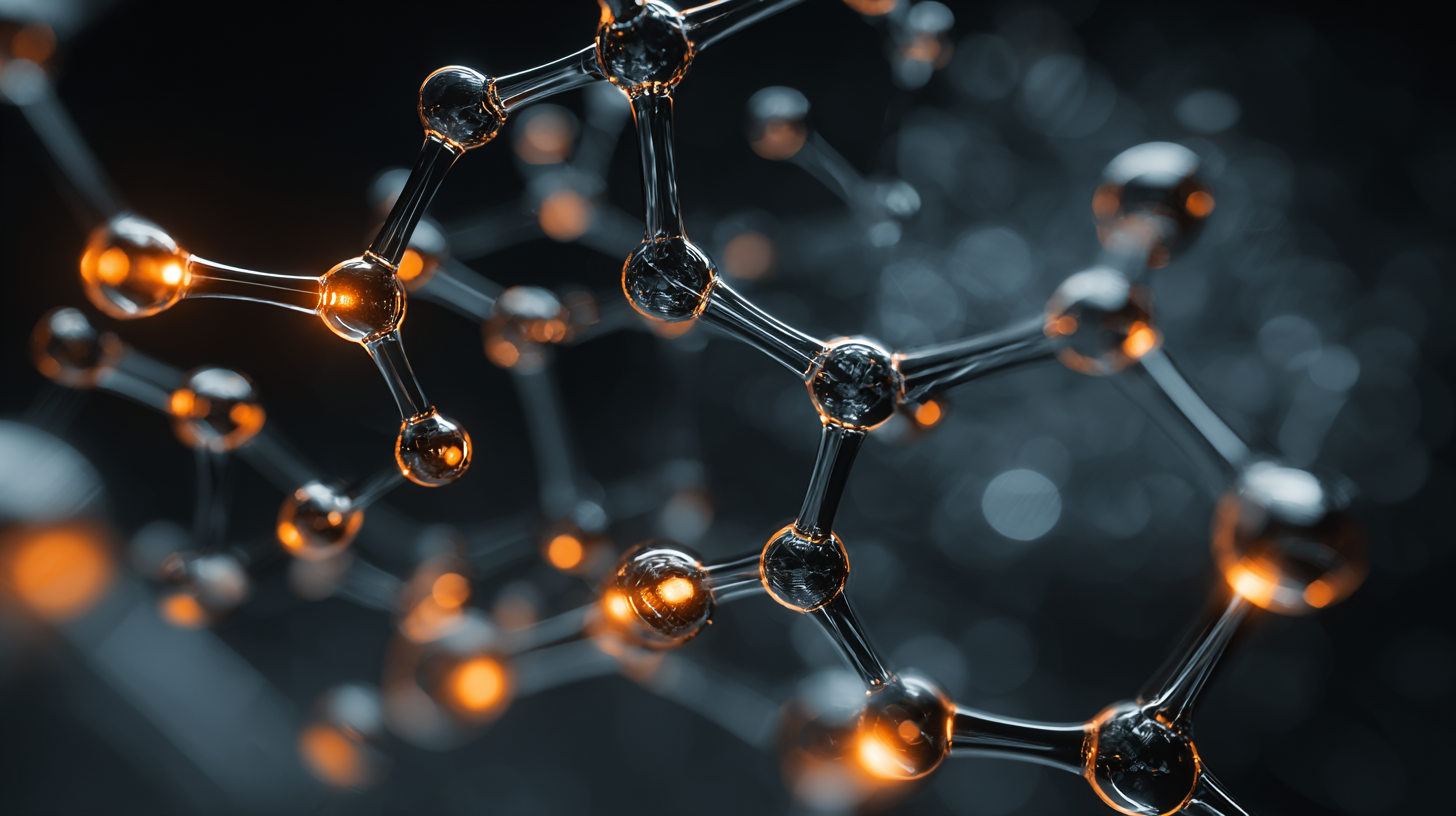
Strategies to Optimize Performance Using High Cis Polybutadiene
High cis polybutadiene has garnered attention for its exceptional properties, making it a valuable material in various applications, particularly in tire manufacturing and rubber products. To optimize performance using this polymer, it’s essential to implement strategies that capitalize on its unique characteristics.
One effective approach is to carefully control the processing conditions. By adjusting parameters such as temperature and the mixing process, manufacturers can enhance the dispersion of high cis polybutadiene within a composite. This not only improves the physical properties of the final product but also increases its durability and abrasion resistance.
**Tips: Always monitor the viscosity of the mixture during processing. A well-controlled viscosity can lead to better mixing and, subsequently, improved product performance.**
Another strategy is to explore the synergy between high cis polybutadiene and other materials. For example, incorporating fillers or additives can significantly enhance the performance and functionality of the end product. Evaluating the interplay between high cis polybutadiene and these materials can lead to innovations that cater to specific performance requirements.
**Tips: Conduct small-scale experiments with different filler types before scaling up to production to find the optimal combination for your applications.**
How to Leverage High Cis Polybutadiene for Enhanced Product Performance - Strategies to Optimize Performance Using High Cis Polybutadiene
| Performance Aspect | High Cis Polybutadiene Impact | Optimization Strategy |
|---|---|---|
| Tensile Strength | Enhanced elasticity and strength due to high cis content | Increasing the cis content to above 90% in formulations |
| Impact Resistance | Superior resistance to cracking and deformation | Incorporating additives that synergize well with polybutadiene |
| Thermal Stability | Improved stability at elevated temperatures | Utilizing stabilizers compatible with high cis polybutadiene |
| Chemical Resistance | Excellent resistance to various chemicals and solvents | Formulating with additional chemical-resistant modifiers |
| Processing Ease | Easier processing due to lower viscosity | Optimizing processing parameters for reduced shear rates |
Future Trends in High Cis Polybutadiene Development and Utilization
The development and utilization of high cis polybutadiene (HCPB) have been gaining traction in various industries due to its superior properties compared to traditional alternatives. As manufacturers increasingly seek materials that offer enhanced performance under demanding conditions, HCPB stands out for its excellent resistance to wear and tear, flexibility, and high resilience. Future trends indicate a growing demand for HCPB in automotive tires, rubber products, and even in advanced coatings, driven by the need for sustainability and improved product longevity.
Innovations in production techniques and formulations are likely to enhance the utilization of HCPB, allowing manufacturers to tailor properties for specific applications. Furthermore, advancements in polymer blending and compounding methodologies will enable the development of next-generation materials that integrate HCPB with other polymers, resulting in composites with superior characteristics. The push towards eco-friendly materials also aligns with the ongoing research into bio-based HCPB derivatives, which could revolutionize the market by offering sustainable alternatives without sacrificing performance. As these trends unfold, HCPB is poised to become a key player in the realm of high-performance materials.
Related Posts
-
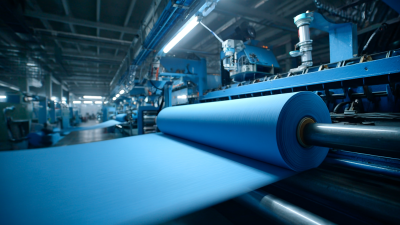
Global Leaders in Best Rubber Processing Proudly Manufacturing in China for the World
-
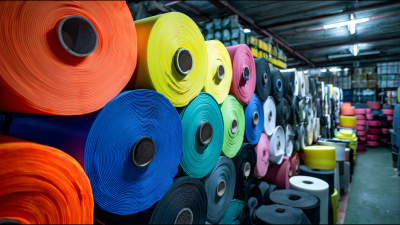
Top Strategies for Sourcing the Best Thermoplastic Rubber to Maximize Your Supply Chain Efficiency
-
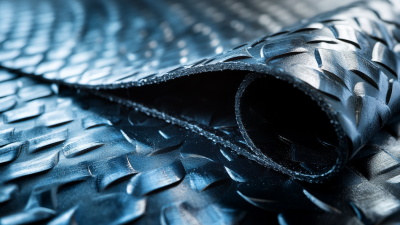
Unleashing the Potential of Synthetic Rubber: A Game Changer for Global Buyers
-

Exploring Butyl Rubber Innovations Shaping Global Supply Chains in 2025
-
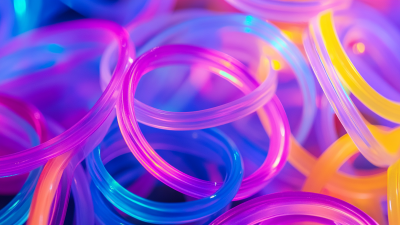
Choosing the Right Manufacturer for Laser Cutting Silicone Rubber: Essential Tips and Industry Insights
-

Challenges Faced in Waterjet Cutting Rubber Processes and Their Impact on Production Efficiency

